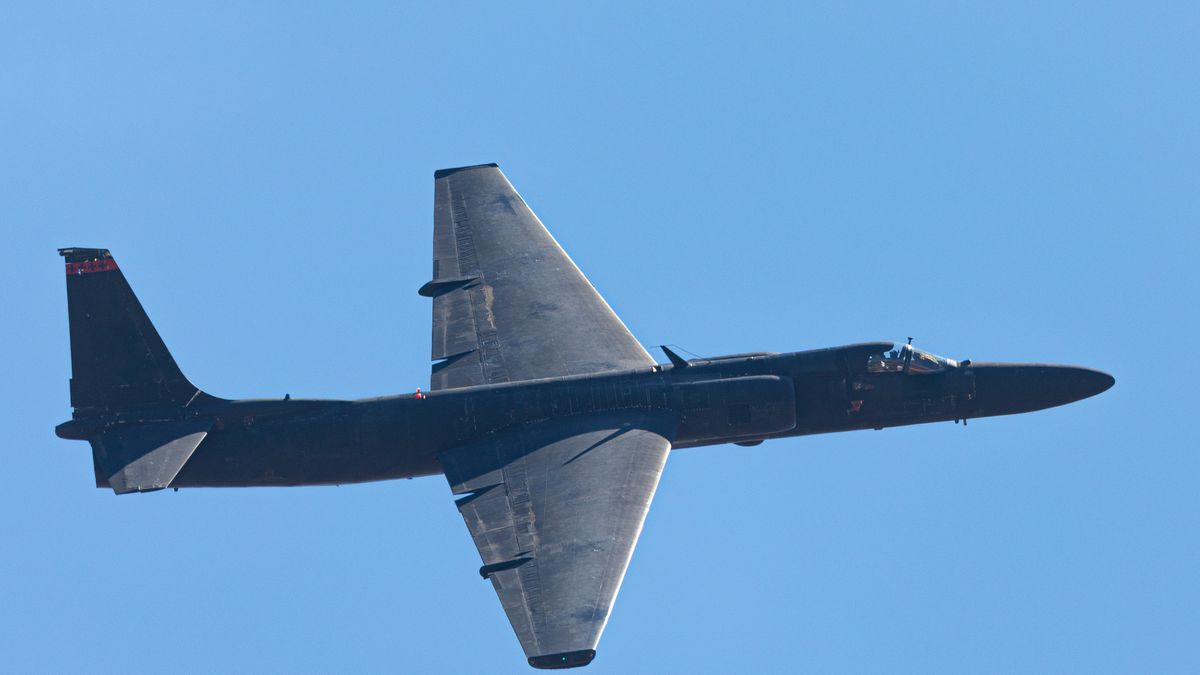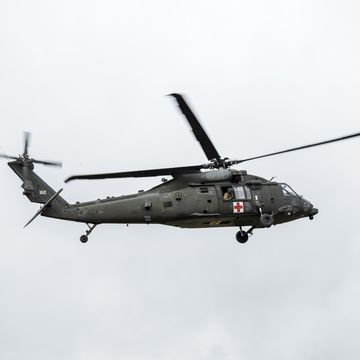- The U-2 “Dragon Lady” spy plane dates to the 1950s, when it was used to spy on the Soviet Union.
- The Air Force is planning to adapt the plane to act as a node in a new battle management system.
- The U-2 would become a flying network router, passing data between air, land, sea, and space forces.
The U.S. Air Force is adapting the U-2 spy plane to act as a flying connector for the Advanced Battle Management System (ABMS), an ambitious project designed to allow Air Force aircraft, Army ground forces, U.S. Navy ships and aircraft at sea, and special operations forces to pass data among one another. The system was originally meant to replace the E-8C JSTARS surveillance aircraft and later expanded into a much, much more ambitious multi-service data initiative.
ABMS is designed to allow the various services and systems, all using disparate, incompatible computer and communications systems, to draw sensor data from another to plan military operations. The system should even allow the F-22 Raptor to communicate securely with the F-35 Joint Strike Fighter, something that is currently not possible.
The U-2 will play a key role in ABMS. A slow, long endurance, high flying aircraft, the U-2 can loiter over an area for hours at a time. Part one of adapting the aircraft for the role is a $50 million contract issued to Lockheed Martin’s Skunk Works—the inventors of the U-2—to update the avionics on 31 U-2s. This refresh will include new cockpit displays and the new Enterprise Mission Computer 2, an open platform computer system designed to allow the U-2 to tie together different military platforms. The system will lighten the load on pilots flying the notoriously hard to fly airplane, with data traffic automatically analyzed and ground controllers remotely operating the plane’s sensors.
The Air Force tested an early form of ABMS in January:
The three-day test took place at Eglin Air Force Base, Florida, and involved a potential cruise missile attack on the United States simulated by QF-16 drones. Through the exercise, Air Force F-22 jets, Air Force and Navy F-35 fighters, the Navy destroyer Thomas Hudner, an Army unit equipped with the High Mobility Artillery Rocket System, as well as special operators shared data in real time in ways the services cannot currently do in an operational environment.
The U-2 is well suited for the task. The aircraft cruises at 70,000 feet, giving it direct line of sight to more ships and ground forces at sea level than airplanes flying at lower altitudes. It cruises at 410 miles an hour for up to 7,000 miles, giving it a total flight time of 17 hours; even if the U-2 is based 1,600 miles away from the battlefield could still spend up to nine hours supporting friendly forces. The U-2 is designed to accept modular sensor packages, swapping out one for the other, and as long as the ABMS package is designed to take advantage of this capability. A forward deployed “Dragon Lady” might quickly switch between spy and ABMS roles without undergoing a lengthy, depot-level conversion process.
The original U-2 first entered service in 1956, while current U-2S planes were manufactured in the late 1960s. Soon, the plane will be a key part of an important new military capability that was pure science fiction when the airplane was originally designed.
Source: Scientific American

Kyle Mizokami is a writer on defense and security issues and has been at Popular Mechanics since 2015. If it involves explosions or projectiles, he's generally in favor of it. Kyle’s articles have appeared at The Daily Beast, U.S. Naval Institute News, The Diplomat, Foreign Policy, Combat Aircraft Monthly, VICE News, and others. He lives in San Francisco.












